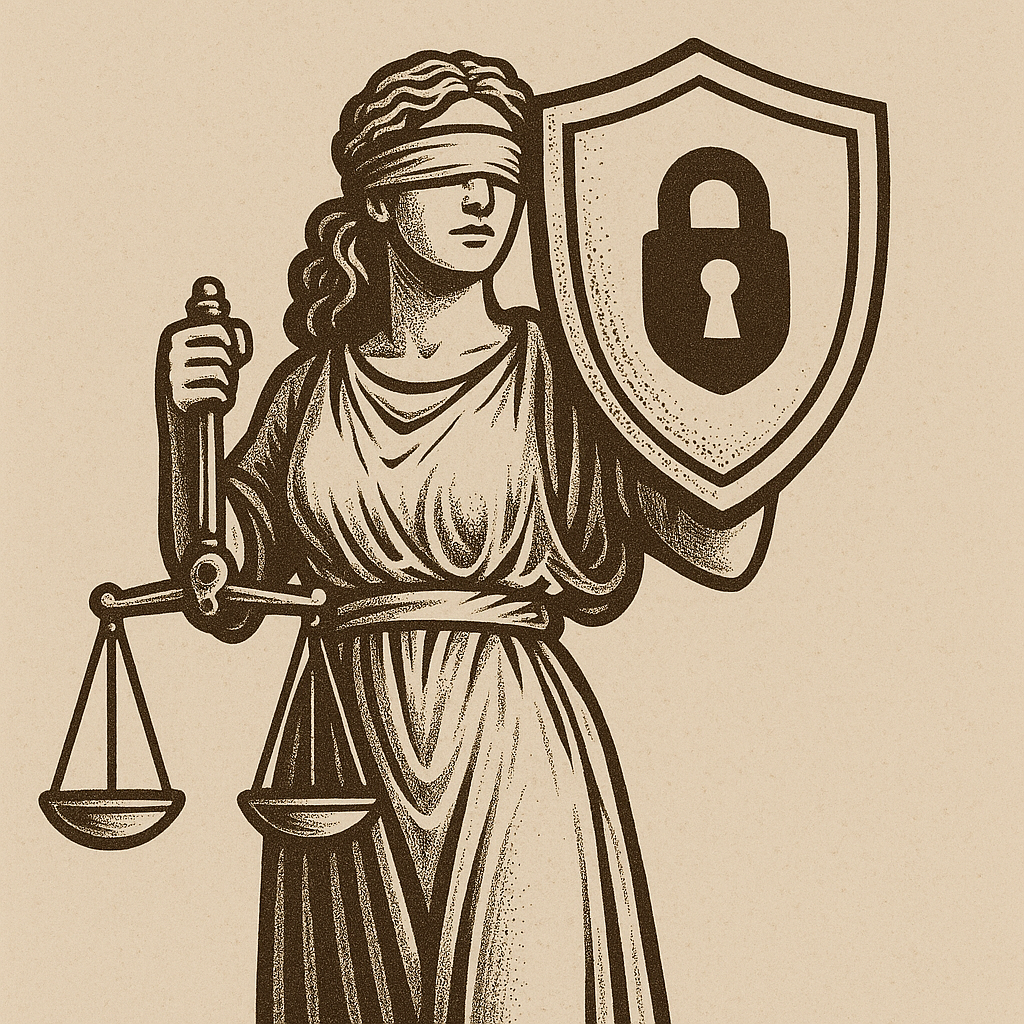When wedding photos become weapons
Australia's new privacy tort gets its first outing in a property dispute gone wrong
On 11 November 2024, Nicholas Smith sat down for dinner with Michael Williams. Mr Williams had just leased premises adjacent to a property development Mr Smith was planning in Alexandria, an inner Sydney suburb. The meeting did not go well. Mr Williams demanded $50,000 to withdraw his objections to the development. Mr Smith declined.
Mr Williams's response to the rebuff was creative, if vindictive. He penned a 64-page submission opposing the development, posted a scathing Google review, addressed Sydney's planning committee, and erected a website called "Kurraba Group Exposed". Most audaciously, he obtained Mr Smith's wedding photographs and published them online, suggesting they showed "moral delinquency and drunkenness".
This proved to be Mr Williams's undoing. On 7 October 2025, Justice Gibson of the New South Wales District Court handed down the first reported decision applying Australia's new statutory tort of serious invasion of privacy: Kurraba Group Pty Ltd & Anor v Williams [2025] NSWDC 396. The statutory tort, which came into effect on 10 June 2025, gives individuals a cause of action when they have a reasonable expectation of privacy and someone intrudes upon their seclusion or misuses information relating to them - provided the invasion is intentional or reckless, serious, and the public interest in privacy outweighs countervailing concerns, such as freedom of expression or the proper administration of government.
To protect press freedom, an exception applies to invasions of privacy that involve journalistic material. The material must have the character of news, current affairs, a documentary, commentary, opinion, or editorial content relating to these categories. To claim it, one must be a journalist (or work for one).
The wedding photos were damning evidence. Such photographs, Justice Gibson ruled, are intended to be as private as possible. Mr and Mrs Smith were not public figures; they had no intention of broadcasting their nuptials. The defendant's misuse of the images was deliberate and malicious. Most tellingly, his conduct bore no resemblance to journalism. It was, the judge observed, extortion.
Justice Gibson granted sweeping injunctions. Mr Williams must remove all online references to Mr Smith and his company, refrain from further publication, and avoid inciting others to do what he cannot. The orders stand until the case is finally determined.
Justice Gibson, mindful of the "Streisand effect" - whereby attempts to suppress information amplify its spread - said as little as possible about the offending material. Still, the ruling offers guidance. Private photographs of non-public figures, published with malicious intent, will trigger the tort. The public interest test and journalism exemption will be considered. And those who mistake extortion for advocacy will find themselves restrained.
Mr Williams entered a six-month lease knowing the property would be demolished. He gambled on extracting payment to go quietly. Instead, he has helped establish the boundaries of Australia's new privacy tort. The law, it seems, has little patience for wedding-crashers.

